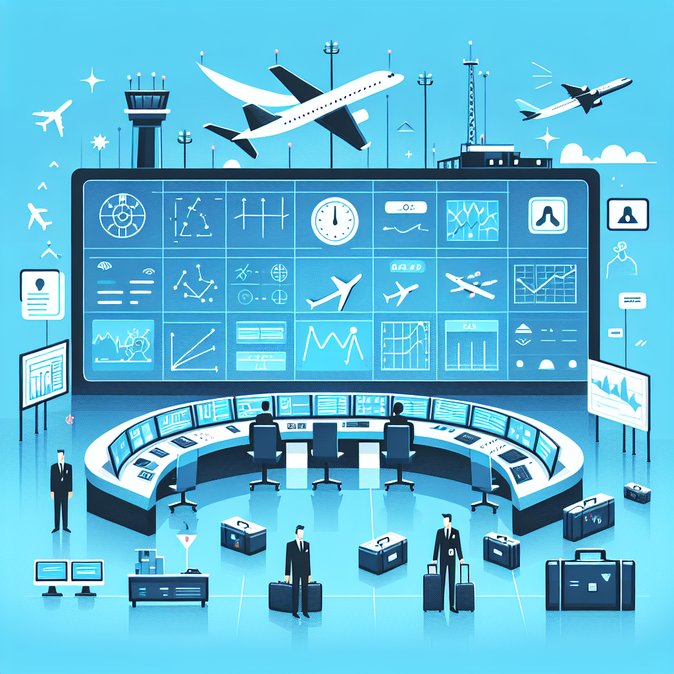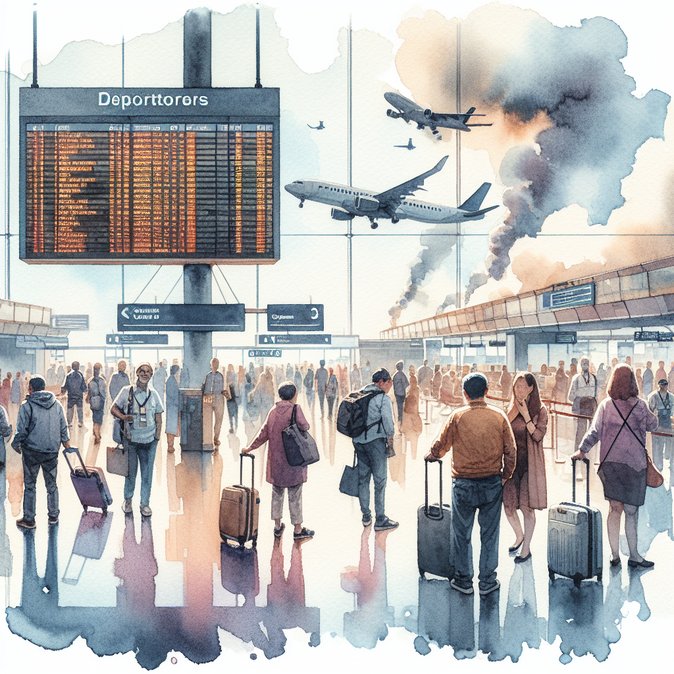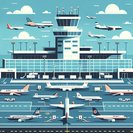
The Federal Aviation Administration (FAA) issued an emergency order on November 7 directing U.S. airlines to pare back domestic departures by four percent at 40 of the nation’s busiest airports beginning at 6 a.m. Eastern Time on Friday. The directive—finalised after days of negotiations with carriers—comes amid a record-long federal government shutdown that has left 13,000 air-traffic controllers and 50,000 Transportation Security Administration officers working without pay. Staffing shortages have already triggered rolling ground-stops at Atlanta, San Francisco, Houston, Newark and other hubs, with more than 2,300 flights delayed on Friday morning alone.
Under the FAA’s tiered plan, the initial 4 % cut will remain in place through Monday; airlines must escalate to a 10 % reduction on November 14 if Congress fails to restore funding. Space-launch windows and most general-aviation slots are also being curtailed, while international passenger and cargo flights remain exempt for now. Transportation Secretary Sean Duffy said the phased approach “balances safety with the reality that our controller workforce is stretched to a breaking point.”
![FAA Orders 4 % Flight Reductions at 40 U.S. Airports, Warns 10 % Cut Next Week]()
Major carriers quickly scrambled to comply. United will preserve long-haul and hub-to-hub service but slash many regional frequencies, operating about 4,000 flights per day instead of its normal 4,400. Delta and American are substituting larger aircraft on select routes, while Southwest is waiving change fees for affected customers. Analysts at Seabury estimate that up to 268,000 seats a day could disappear from the domestic market, tightening capacity just as the Veterans Day and Thanksgiving peaks approach.
For corporate travel managers, the cuts present immediate challenges: higher fares on remaining seats, slimmer same-day options, and greater risk of mis-connections as slack evaporates from schedules. Companies with critical travel needs are being urged to build in longer connection windows, revisit videoconference alternatives, and encourage employees to book refundable fares where budgets allow. Multinationals that rely on just-in-time supply chains could see cargo bottlenecks if freighter flights are roped into later phases of the order.
If the shutdown drags on, the FAA has signalled it could impose reductions of up to 20 % and restrict private-jet operations at slot-controlled airports. Although the agency insists flying remains safe, unions warn that fatigue and morale issues will persist until paychecks resume. Businesses should monitor carrier travel-waiver pages and consider third-party risk-management services to keep travellers informed in real time.
Under the FAA’s tiered plan, the initial 4 % cut will remain in place through Monday; airlines must escalate to a 10 % reduction on November 14 if Congress fails to restore funding. Space-launch windows and most general-aviation slots are also being curtailed, while international passenger and cargo flights remain exempt for now. Transportation Secretary Sean Duffy said the phased approach “balances safety with the reality that our controller workforce is stretched to a breaking point.”

Major carriers quickly scrambled to comply. United will preserve long-haul and hub-to-hub service but slash many regional frequencies, operating about 4,000 flights per day instead of its normal 4,400. Delta and American are substituting larger aircraft on select routes, while Southwest is waiving change fees for affected customers. Analysts at Seabury estimate that up to 268,000 seats a day could disappear from the domestic market, tightening capacity just as the Veterans Day and Thanksgiving peaks approach.
For corporate travel managers, the cuts present immediate challenges: higher fares on remaining seats, slimmer same-day options, and greater risk of mis-connections as slack evaporates from schedules. Companies with critical travel needs are being urged to build in longer connection windows, revisit videoconference alternatives, and encourage employees to book refundable fares where budgets allow. Multinationals that rely on just-in-time supply chains could see cargo bottlenecks if freighter flights are roped into later phases of the order.
If the shutdown drags on, the FAA has signalled it could impose reductions of up to 20 % and restrict private-jet operations at slot-controlled airports. Although the agency insists flying remains safe, unions warn that fatigue and morale issues will persist until paychecks resume. Businesses should monitor carrier travel-waiver pages and consider third-party risk-management services to keep travellers informed in real time.








